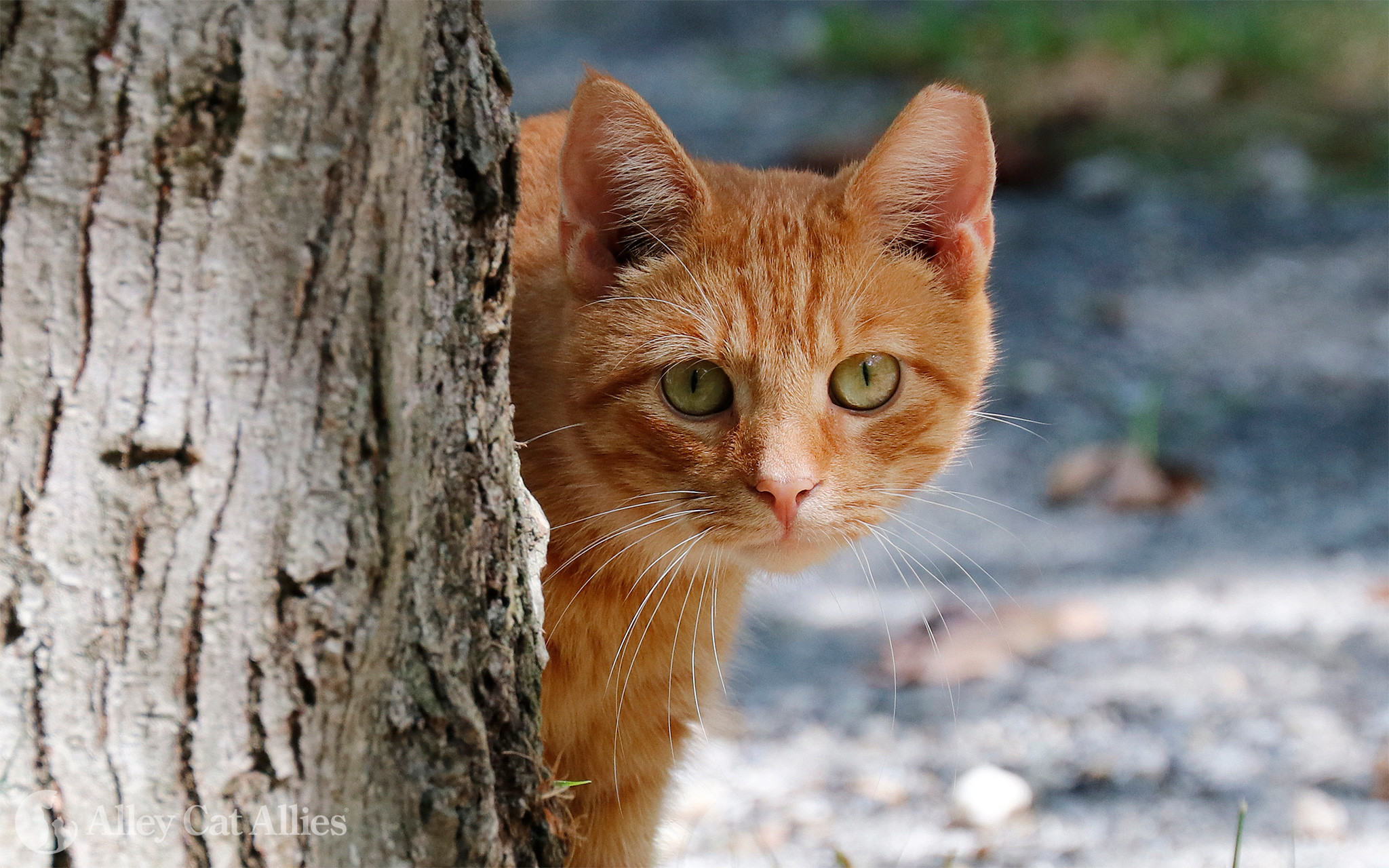When pondering the question, “Is it illegal to kill a cat?”, many might find themselves wrestling with conflicting emotions—strong affection for these creatures and the stark reality of the law. The legal protection afforded to pets, including cats, varies widely across jurisdictions. Understanding pet protection laws can be quite intricate, and this inquiry opens the door to a complex landscape of animal welfare, legal definitions, and societal attitudes towards domestic animals.
First, let us establish that in many places, the killing of a cat—if done intentionally and without justification—can indeed be illegal. The legality is contingent upon a mélange of factors including the jurisdiction, the circumstances surrounding the act, and the intent of the person involved. Generally, most localities recognize that a cat, like any pet, is considered property under the law.
This classification raises intriguing questions regarding the interpretation of harm. If an individual causes death to a cat, whether through direct action or negligence, can such an act be viewed merely as damage to property? Or does it invoke deeper ethical considerations, prompting a more severe legal response? The answer is often found in the precise wording of animal cruelty laws.
Animal cruelty statutes establish clear delineations: acts of cruelty often elicit heavier penalties than unintentional harm. For instance, many states have enacted laws specifically prohibiting the willful killing of pets. These statutes are grounded in the belief that animals possess intrinsic value and protection rights, reflecting a growing societal acknowledgment of animal sentience and welfare. Yet, defining what constitutes ‘cruelty’ can be nebulous. An act viewed as normal to some—say, culling a feral cat population—might be perceived by others as inherently cruel.
Let’s contemplate the legal repercussions. Suppose someone intentionally harms a cat. Depending on the jurisdiction, this could be classified as misdemeanor animal cruelty, potentially leading to fines, community service, and even jail time. More grievous acts, particularly if premeditated, might escalate to felony charges, attracting significant prison sentences. This stark reality highlights a crucial point: legal frameworks are often designed not only to punish offenders but also to deter future instances of animal cruelty.
However, the challenge arises when we delve into exceptions and justifications. Under some legal provisions, euthanizing a pet may be permissible if conducted by qualified professionals following humane guidelines. Striking a balance between humane treatment and societal obligations complicates a straightforward answer to our original question. Self-defense or defending another animal can also construct a legal loophole, blurring the lines of culpability in certain cases—another conundrum in understanding the legality surrounding the killing of a cat.
Additionally, the rise of animal rights advocacy and litigation has fostered a more intricate discussion about the autonomy of animals within society. Legal scholars explore the potential for animals to possess rights akin to human rights, an idea that reverberates through courtrooms and legislatures alike. This evolution may influence future laws, augmenting protections for cats and perhaps even expanding definitions of unlawful killing.
Addressing the welfare aspect, consider non-lethal alternatives in situations where a cat poses a problem. Relocation, intervention by animal control, or humane traps are often advocated in managing feral cat populations. The preference for humane solutions underscores a societal shift towards understanding that violence against animals is rarely justifiable and is increasingly viewed as unacceptable.
Engaging with this conversation necessitates a recognition of the moral underpinnings of our legal systems. The question “Is it illegal to kill a cat?” transcends mere legality; it jolts us into confronting our ethical responsibilities towards those who cannot advocate for themselves. The prevailing wisdom appears to affirm that pets deserve protections reflecting their companionship and the affection we, as a society, choose to invest in them.
Encouragingly, public sentiment has shifted towards greater advocacy for animal rights. Increasingly, communities are recognizing the importance of fostering environments where animal lives are valued. From the enactment of anti-cruelty ordinances to the establishment of animal hospitals and shelters, these measures reflect a burgeoning awareness of our obligation to treat animals with dignity and respect.
Nonetheless, popular consciousness doesn’t automatically translate into enforced legislation. Advocacy remains crucial. Individuals keen on transforming laws must engage, inform, and mobilize within their communities. The complexities surrounding pet protection laws are numerous, yet they should propel us towards action rather than despair. Understanding this legal terrain empowers advocates to challenge prevailing injustices and inspire transformative change.
In conclusion, asking whether it is illegal to kill a cat leads not just to answers but to profound inquiries about our values and the treatment of sentient beings in our society. Each jurisdiction may offer different answers, but the overarching consensus is clear: killing a cat without just cause is, in most cases, illegal and morally indefensible. By fostering awareness of pet protection laws and championing humane alternatives, society can continue to cultivate a compassionate environment for all creatures, great and small.










